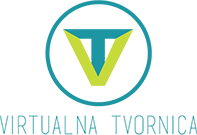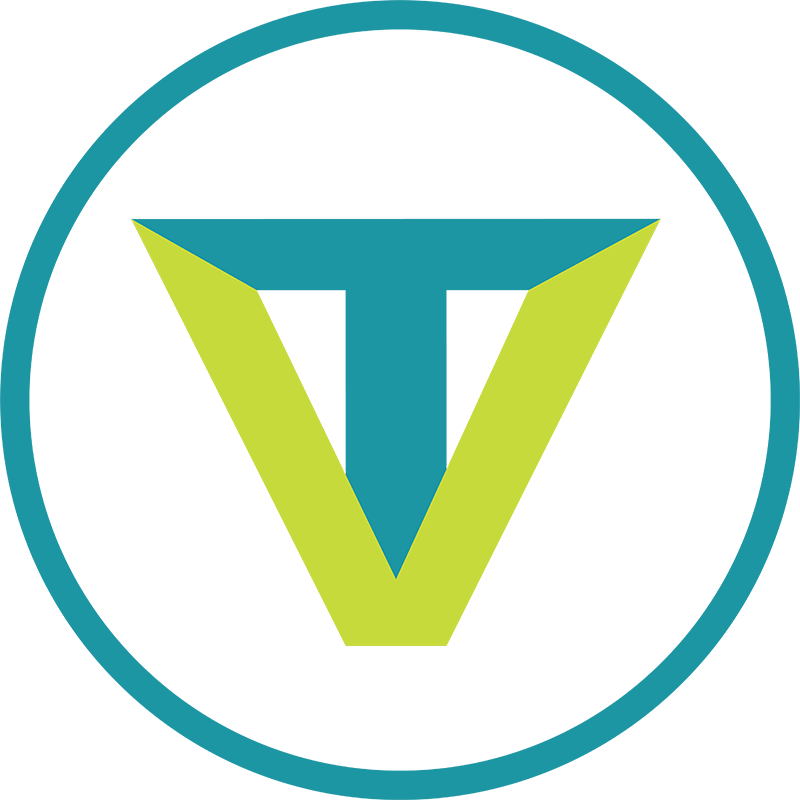Website development is the process of creating a functional and interactive website, starting from the idea in the mind of the future website owner. Through web development, this idea becomes a fully operational solution. In this process, all ideas come together through design and digital marketing strategies, resulting in a website that represents the company, its products, services, and more. It can even go beyond simple presentation. But no matter if it’s a simple landing page, a multi-page website, an e-commerce shop, or a full-scale application, website development is the critical step that turns web design into an interactive and functional online platform.
Website development can vary in complexity — it can involve creating a simple website with contact information and key details about the company, or it can be a web store, a B2B platform, a booking site, or even an interactive web application. Sometimes, website development also includes integration with third-party services or APIs to add functionality, but its core purpose is to create a seamless, fully functional website.
What Is Website Development?
At its core, website development refers to the process of coding, programming, and configuring the backbones of a website. It is the stage of website creation that follows web design and comes before content integration. Sometimes the term is confused with web design, which is also a key part of creating a website but is not the same as development. At Virtual Factory, a Croatia-based agency, we specialize in turning ideas first into a unique design and then into a functional web solution.
Web design
Web design is the preceding step, where designers create the visual layout of the future website, crafting the structure and user experience. A significant portion of UX work falls to them, as they plan the page structure, layout, colors, fonts, and more. Afterward, website developers take over to bring this design to life, ensuring that every element functions as intended and aligns with the original vision. A website developer takes a static design and transforms it into a live, fully operational website, online store, or application.
The Two Main Areas of Website Development: Front-End and Back-End
Front-End Development
This involves building the parts of the website that users interact with directly. Front-end developers work with HTML, CSS, and JavaScript to create visual elements and ensure that the website is responsive. They make sure the design displays correctly on various screen sizes and devices, providing a smooth user experience.
Back-End Development
This is the “behind-the-scenes” part of the website, responsible for storing, managing, and delivering data to the user’s browser. Back-end developers use programming languages like PHP, Python, and Ruby to create the structure that enables the website’s core functions. This area is responsible for database management, server configuration, and ensuring data flows smoothly between the user interface and the server.
In some cases, a full-stack developer handles both front-end and back-end development, covering all aspects of website development. However, from a user’s perspective, the primary interaction is with the front end, the visible part of the website.
At our development agency in Croatia, the team includes all three — front-end developers, back-end developers, and full-stack developers.
SEO and Website Development
SEO (Search Engine Optimization) is essential for drawing organic traffic to a website. Effective website development can help make a site visible and accessible to users via search engines.
Although part of SEO optimization lies with copywriters and the content we add to the website, developers also play a crucial role in SEO optimization. Developers are responsible for optimizing page speed (which is critical for both SEO and UX), URL structure, and responsiveness. Learn more about this in our blog post on responsive web development.
Developers also often customize meta tags, including titles, descriptions, and keywords, to make each page more relevant to specific searches. Proper image optimization, clear headings, and logical HTML structure all enhance SEO, making the website more likely to reach its audience. These are all tasks and a key part of website development.
For businesses in Croatia, the competition is not as big as internationally, so its worth exploring different areas when checking your ranking.
Responsive Design and the Mobile-First Approach
Earlier, we linked to a more detailed text about responsiveness, but in short, it refers to adapting a website for different screen types. The mobile-first approach is similar but focuses on designing the website primarily for mobile devices. This is crucial because most users browse on their phones.
Since designers can’t create layouts for every possible screen size and orientation, web developers are tasked with ensuring the website looks good across all of them. They must make sure every breakpoint is well-designed and decide at which resolutions settings change, such as when to adjust font sizes, stack elements vertically, and so on.
If you’re on a desktop, try resizing your browser window—notice how the elements shift. If you’re on a mobile device, switch between vertical and horizontal orientations. You’ll likely see something shrink, expand, or rearrange itself. For users, this feels smooth, but for web developers, it’s a significant responsibility. Without this adaptability, the user experience wouldn’t be the same.
Adjusting font sizes, layout structure, and navigation to meet the needs of mobile users helps reduce bounce rates and boosts engagement, ultimately improving a site’s performance across all devices.
UX/UI in Website Development
A great website is more than functional — it should provide a smooth, intuitive user experience (UX) and a visually appealing user interface (UI). UX focuses on guiding users through the website with ease, ensuring they can find information quickly and complete tasks efficiently. UI, on the other hand, defines the visual elements, such as buttons, fonts, and colors. During website development, developers follow UX/UI guidelines to ensure that the website is easy to navigate, has simple forms, and provides interactive elements. A clear and user-friendly design not only engages users but also encourages conversions, making UX/UI a key part of any successful website development project.
The Result of Website Development
The final result of website development is a fully functional, interactive website ready for content integration. From text and images to blogs, products, and prices, the website is prepared to go live, engaging users and promoting your brand. Website development brings together the technical skills and creative vision needed to create a reliable, effective digital platform that connects with your audience and drives business growth.
The Impact of Website Development on Online Success
Website development is more than coding; it’s a strategic process that combines design, functionality, and user experience to create an impactful online presence. Whether you’re a developer, a business owner, or a curious reader, understanding the essentials of website development can help you appreciate the work that goes into building an engaging, successful website. There are some great online courses and if you need an expert web development team, feel free to reach out to Virtual Factory, whether you’re based in Croatia or anywhere else!
If you’re looking for a professional web development team in Croatia, contact us at Virtual Factory!








